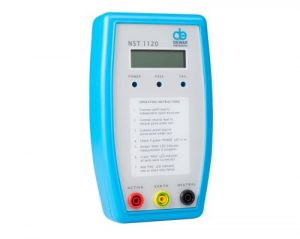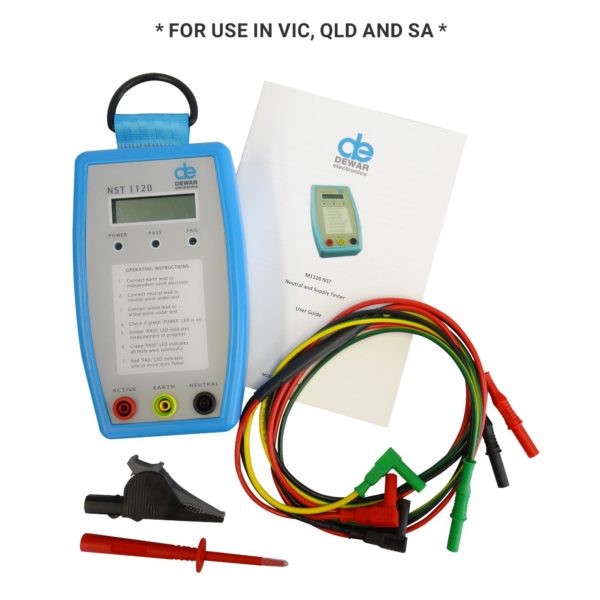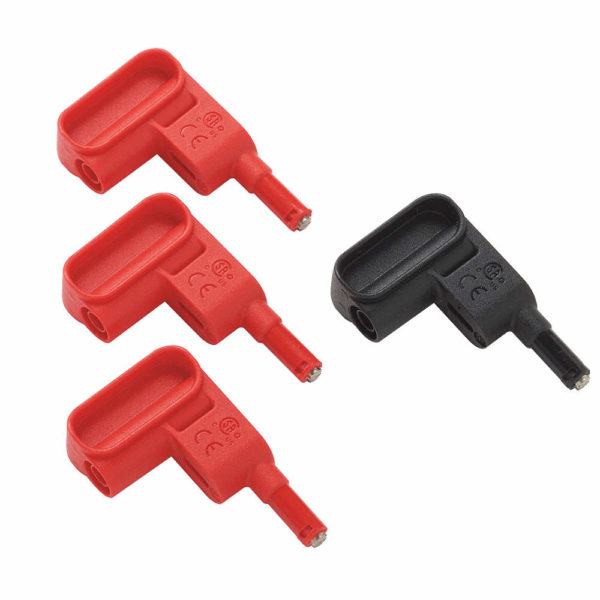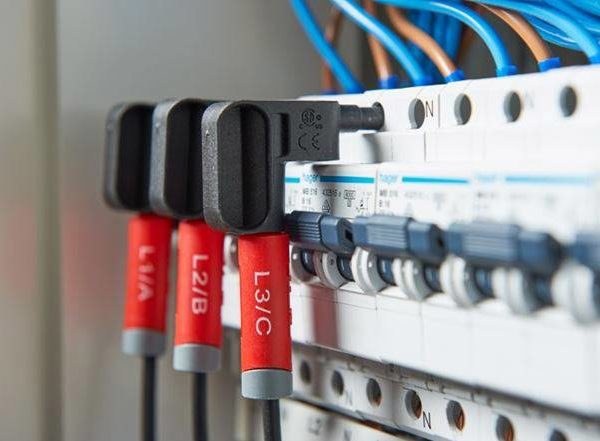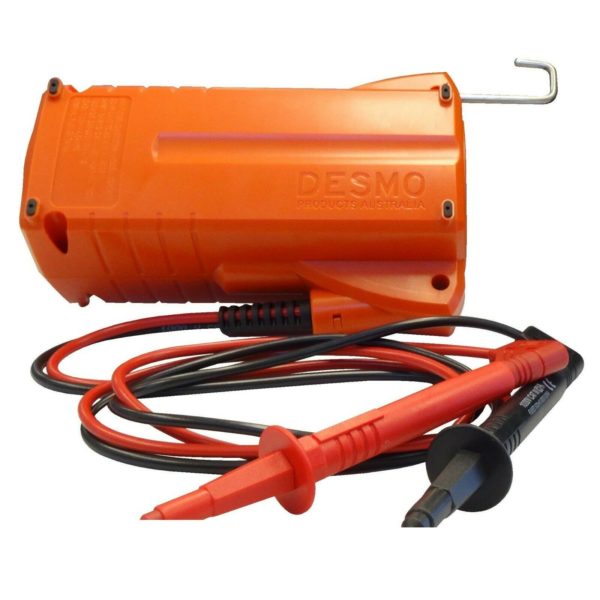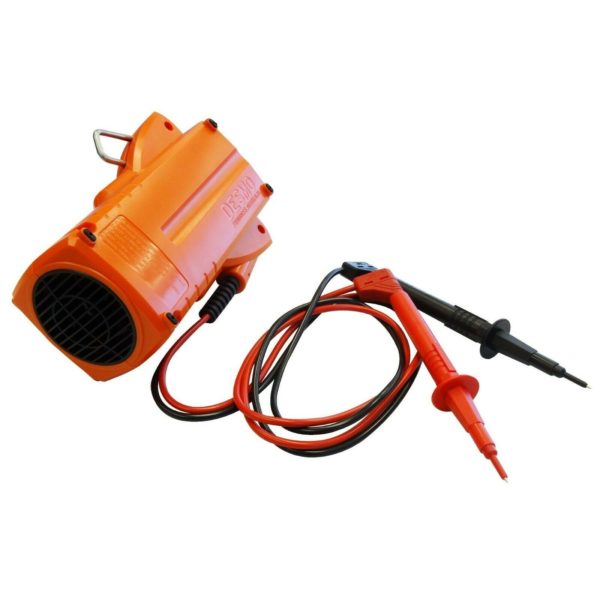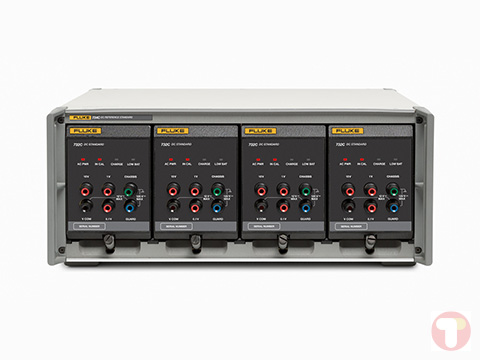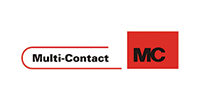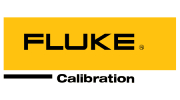The ultimate ultrasonic diagnostic tool – HVAC/R, mechanical and electrical inspection and troubleshooting
When equipment begins to fail due to an air or gas leak or vibration, or electrical discharge, the leakage point emits an ultrasonic sound wave that is above the natural range of human hearing. The Amprobe ULD-420 converts this ultrasonic sound into a signal that can be used to pinpoint the exact location of the equipment failure. See the strength of the leak clearly on the large LCD display bargraph and identify the source of the leak by listening to the converted audible sound emitted via the headphones. When working in unpressurized systems, or the pressure is not sufficient enough to detect or verify a leak with the Receiver alone, use the Transmitter to generate the ultrasonic signal (included with the ULD-420 kit). In extremely noisy environments where there is strong ultrasonic noise generated by running machinery or equipment, the Receiver’s filter function can filter out up to three main noise frequencies which would otherwise hide the noise of the fail.
Leak not pressurized? No problem.
When a leak is not pressurized sufficiently, or located in an unpressurized system, it is not emitting enough ultrasonic sound for the Receiver to detect it. In these circumstances, use the Transmitter to emit the ultrasonic sound readable by the Receiver. The Transmitter is programmed with three signal levels for precise pinpointing of leaks.
The Transmitter can be used to find air and water leaks in:
- Automobile windshields and windows
- Fluid and gas tanks
- Building windows, doors or roofs
- Find leaks even in noisy environments
In some situations, there might be strong ultrasonic noise generated by running machinery, motion sensors or other equipment. This noise will cause the Receiver to read the maximum signal strength on the display regardless of the sensitivity settings and make it unusable for detecting leaks. The Filter function was designed for these situations. Simply press the Filter button and the Receiver will automatically detect and and filter out up to three main noise frequencies.
Visual and audible leak pinpointing
While scanning a target area with the Receiver’s microphone sensor, the displayed bargraph will indicate proximity to the source of the leak. Plug the headphones into the Receiver to audibly hear the leak and verify its source. For example, air leaks will produce more of a hissing sound while electric discharge manifests in a ticking sound.


